Enshi Tujia and Miao Autonomous Prefecture Museum – Ticket, Opening Hours, Location, and Highlights
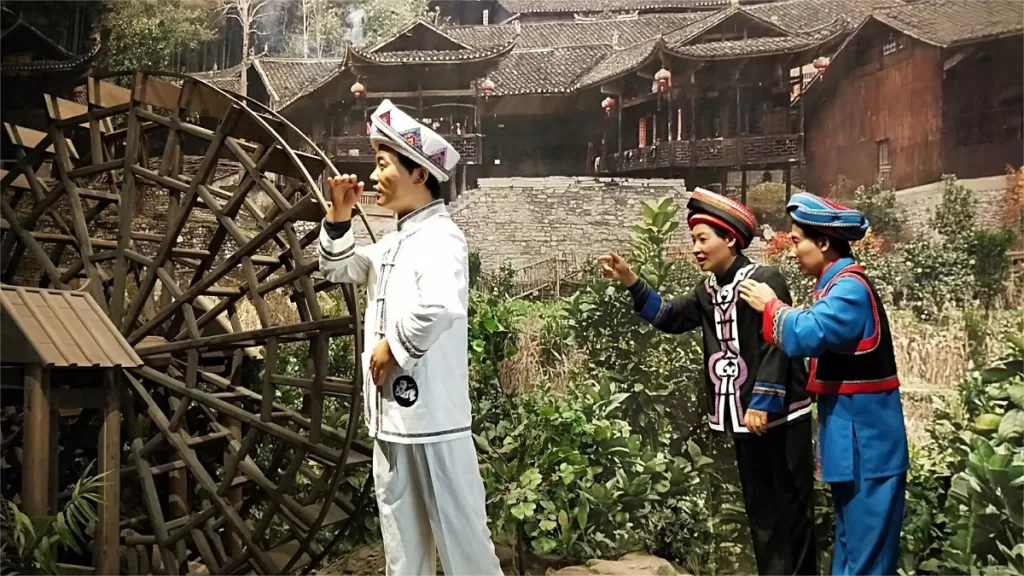
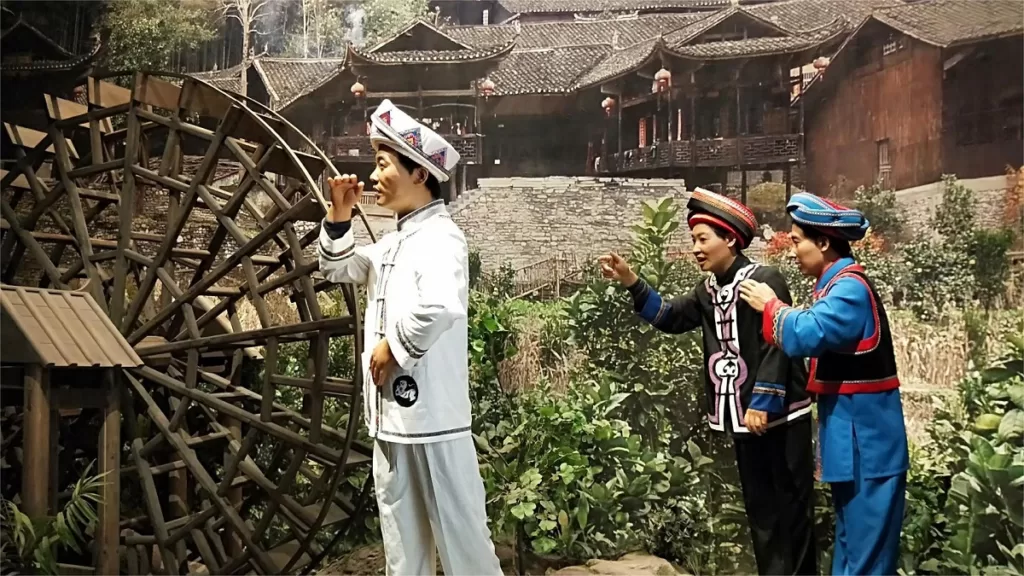
The Enshi Tujia and Miao Autonomous Prefecture Museum (恩施土家苗族自治州博物馆), situated on the eastern foothills of Fenghuang Mountain in Enshi City, is a picturesque edifice embraced by the meandering Dragon Cave River to the southeast. Its setting against the backdrop of hills and waterscapes creates a breathtaking panorama. The museum ingeniously melds traditional ethnic architecture with contemporary design elements. Its primary structure boasts a reinforced concrete framework adorned with three distinct-sized pavilions featuring resting mountain roofs. The upturned eaves resemble soaring eagles, an homage to the essence of Tujia stilted houses.
Spanning an area of approximately 33,400 square meters, this museum proudly houses a collection of 80,403 items, including 188 precious cultural relics. Renowned as a comprehensive museum representing the rich heritage of ethnic minorities in the region, it stands out as a pivotal center for the display, preservation, and scholarly exploration of minority cultural artifacts in Hubei Province. The museum serves as a beacon for the preservation and understanding of the cultural legacy of the Tujia and Miao ethnic groups, celebrating their traditions and contributions to the region’s diverse cultural tapestry.
Table of Contents
- Basic Information
- Location and Transportation
- Highlights of Enshi Museum
- Other Attractions in Enshi Urban Area
Basic Information
| Estimated Length of Tour | 2 hours |
| Ticket Price | Free |
| Opening Hours | 9.00 – 17.00; Last admission: 16.30 |
| Telephone Number | 0086-0718-8253696 0086-0718-8222329 |
Location and Transportation
The Enshi Tujia and Miao Autonomous Prefecture Museum is nestled within the Enshi Cultural Center on Jinguo Avenue in Enshi City, Hubei Province, China. It stands as a transformation of the former Enshi Regional Cultural Relics Work Team.
To get there, tourists can take bus 22 or 31 and get off at Xidu Chacheng Stop (硒都茶城站).
Highlights of Enshi Museum
Historical Relics Exhibition

Spanning the entire historical trajectory from the “Jianshi Erectus,” the ancient Ba culture in the Qingjiang River Basin, to the culture of chieftains during the Yuan, Ming, and Qing dynasties, the Historical Relics Exhibition vividly portrays the evolution and growth of humanity on this mystical land. It showcases the distinctive burial customs, captivating artifacts, and relics that highlight Enshi’s development over the ages.
Ethnic Folk Custom Exhibition
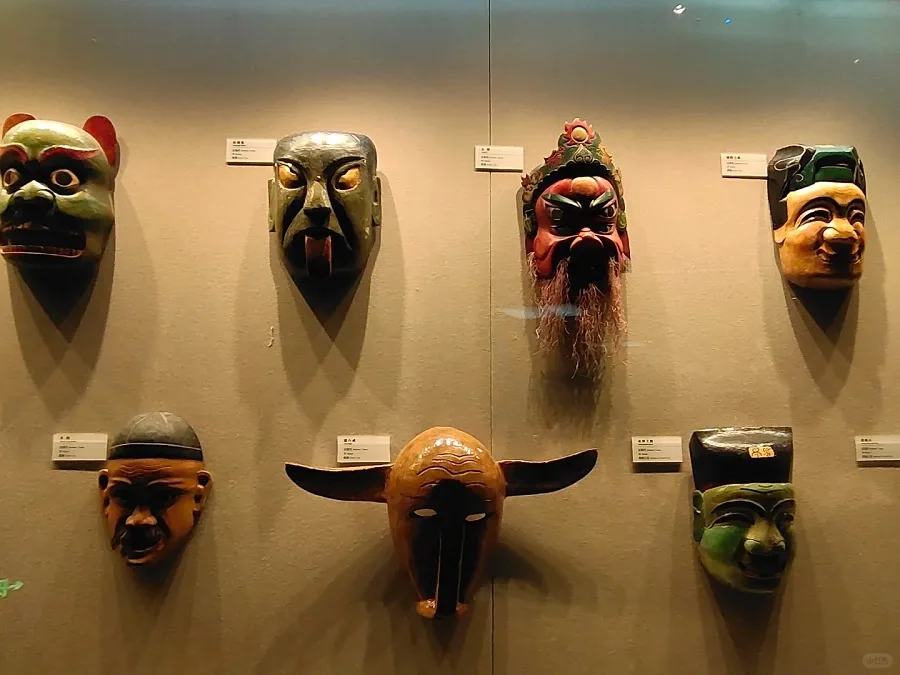
The Ethnic Folk Custom Exhibition immerses visitors in the vibrant and diverse cultural tapestry created by the Tujia and Miao ethnic groups. It accentuates their lifestyle, food habits, traditional attire, and distinctive customs. Delve into the architectural marvels of the “Stilted Houses” and lifelike recreations of local residences. Experience the unique flavors of “Oil Tea,” “Za Wine,” and “New Year Pork.” Engage with intriguing customs like the “Daughter’s Meeting” and the grandeur of the “Bull King Festival.” Witness the unconventional practices of weddings and funerals with rituals like “Crying Marriage” and “Funeral Dance.” Discover the rhythms of work and leisure through activities like “Grass Harvest Drumming” and the “Hand Waving Dance.” The exquisite craftsmanship of the local folk art, such as the intricate “Xilanka Pu” weaving, embodies the distinctive personalities and cultural uniqueness of these ethnic groups.
Revolutionary Relics Exhibition
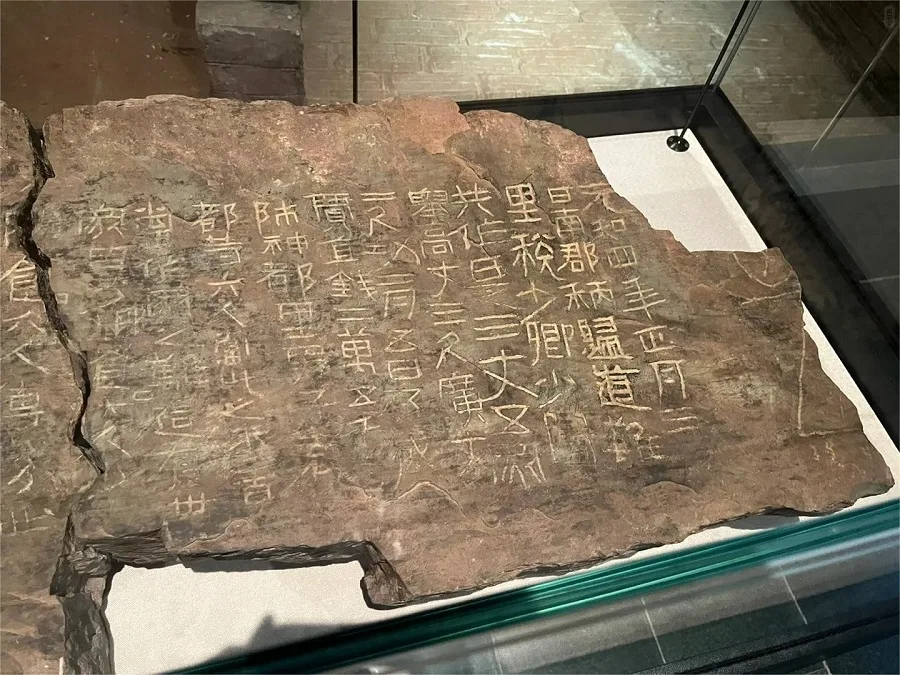
This section pays homage to the valiant individuals who fought and sacrificed for revolutionary causes from the Xinhai Revolution to the liberation of Enshi. Through a collection of artifacts, photographs, and textual documentation, the exhibition commemorates the legacy and contributions of the courageous souls who left their mark on the soil of Enshi, preserving their stories and historical significance for posterity.
Other Attractions in Enshi Urban Area
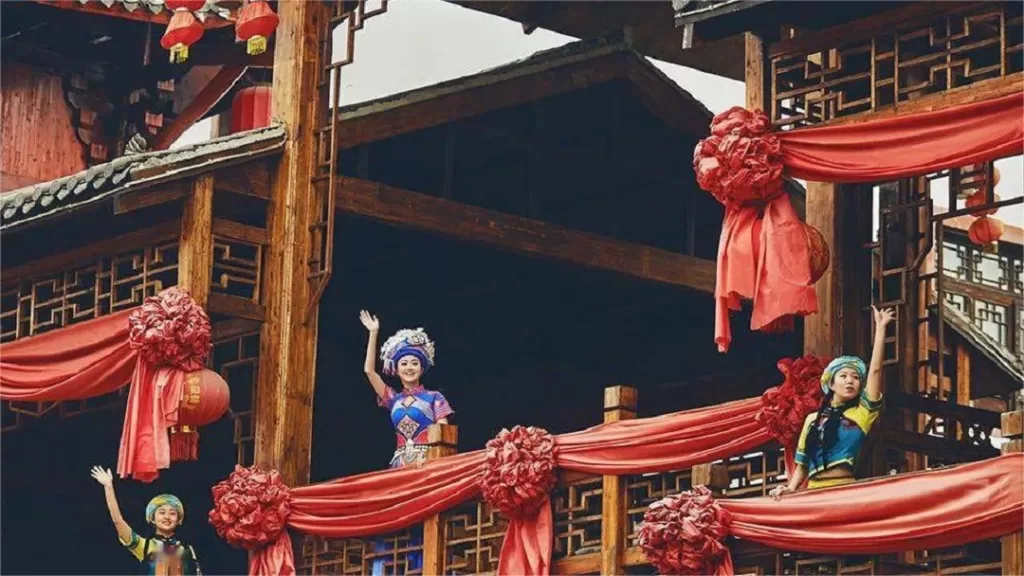
Tujia Daughter City

Enshi Tusi City

Enshi Fengyu Bridge
Enshi attractions, Hubei museums